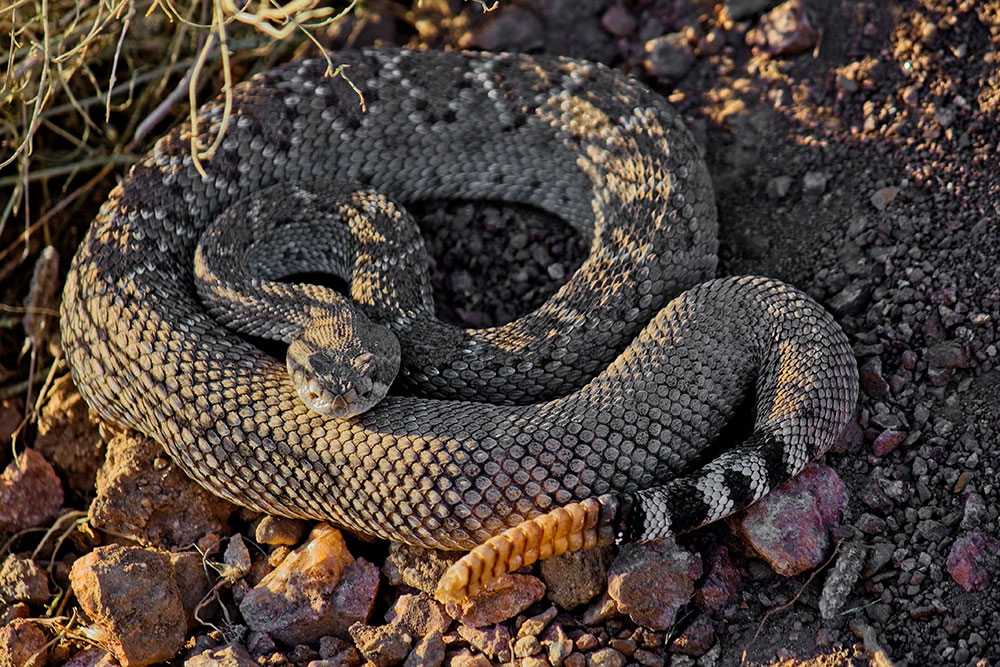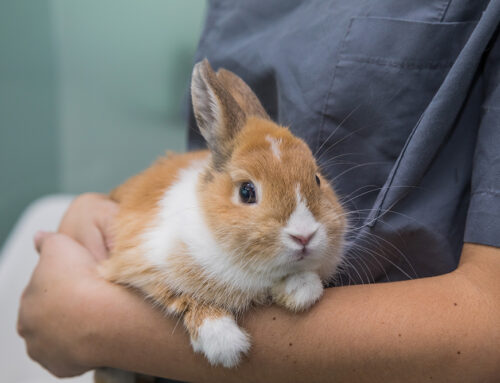At Parker Center Animal Clinic, we know that owning a snake isn’t just a hobby—it’s a commitment to understanding a truly unique pet. Whether you’re a lifelong reptile enthusiast or new to the world of herps, snake shedding (also known as ecdysis) is one of the most fascinating—and sometimes concerning—parts of reptile care.
This guide breaks down everything you need to know about snake shedding: what’s normal, what’s not, how to create the ideal environment, and when it’s time to call your vet.
Why Do Snakes Shed?
Shedding is a natural and essential process that allows snakes to:
- Grow as their bodies outgrow their old skin
- Remove parasites and debris from their skin surface
- Renew skin health for improved function and protection
Most healthy snakes shed every 4 to 6 weeks, although younger snakes (who grow faster) may shed more often. Environmental factors, nutrition, species, and health all play a role in how often and how successfully a snake sheds.
Signs Your Snake is About to Shed
Snakes often show clear pre-shed signs, so it helps to know what to look for. These include:
- Cloudy or blue eyes (often called “in blue”)
- Dull or faded skin coloration
- Decreased appetite or reduced activity
- Reclusive behavior or hiding more than usual
During this time, your snake may seem uncomfortable or moody—and that’s totally normal. You’ll want to avoid unnecessary handling until shedding is complete.
Learn more: Help! My Snake is Shedding – PetCoach
What Happens During the Shedding Process?
When it’s time to shed, your snake will start to rub against rough surfaces like branches, hides, or enclosure corners to begin loosening the old skin. A healthy shed typically begins at the head and peels off in one long, inside-out piece—almost like removing a sock.
Afterward, your snake will return to its normal appearance and behavior. Their colors will often appear more vibrant, and they’ll likely be ready for a hearty meal.
Learn more: 12 Snake Shedding Problems – Petful
Common Shedding Problems (And How to Fix Them)
Incomplete Shedding (Dysecdysis)
Sometimes, snakes don’t shed properly. Leftover patches of skin—especially around the eyes (eye caps) or tail tip—can lead to serious health issues like infections or constriction injuries.
Causes of Dysecdysis may include:
- Low humidity
- Poor hydration
- Inadequate nutrition
- Improper enclosure temperature
- Underlying illness or parasites
Learn more: Dysecdysis and Shedding Problems – PetPlace
Creating the Ideal Shedding Environment
Proper Housing and Enclosure Setup
Your snake’s habitat plays a huge role in successful shedding. Here’s what to focus on:
- Cage Size: Ensure your snake can fully stretch out and move comfortably.
- Substrate: Choose a safe, humidity-retaining material like aspen shavings, cypress mulch, or coconut husk.
- Enclosure Furnishings: Add hiding spots, rough-textured branches, rocks, or climbing elements to assist with shedding.
- Security: Enclosures should be escape-proof but well-ventilated.
Learn more: Housing Your Snake – PetCoach
Lighting and Temperature
Snakes need a temperature gradient to regulate their body temperature, which is key for proper metabolism and shedding.
- Basking Zone: Usually 85–90°F, depending on species
- Cool Zone: 75–80°F
- Night Temps: Can safely drop slightly but should remain stable
For some species, UVB lighting is beneficial or necessary.
Humidity: The Secret to a Successful Shed
Most shedding issues stem from improper humidity. Here’s how to manage it:
- Humidity Range: Typically 50–70%, though some tropical species need 80% or higher
- Tools: Use a hygrometer to monitor levels daily
- Tips:
- Mist the enclosure as needed
- Offer a shallow water dish for soaking
- Add a humid hide filled with damp moss or paper towels
Learn more: How to Keep Your Snake Healthy and Safe – Pet Assure
How You Can Help During Shedding
If your snake is preparing to shed, here’s what you can do to support the process:
Do:
- Maintain correct humidity and temperature
- Avoid handling during peak shedding (especially when eyes are cloudy)
- Check the shed afterward—the eye caps and tail tip should be intact
- Soak your snake briefly in shallow, lukewarm water if shedding is incomplete
- Provide plenty of rough surfaces to rub against
Don’t:
- Peel off stuck skin unless you’ve soaked the snake and consulted a vet
- Over-handle your snake during shedding
- Ignore signs of repeated shedding problems
When to Call the Vet
Contact a reptile-savvy veterinarian if you notice:
- Frequent or repeated incomplete sheds
- Retained eye caps that don’t come off with soaking
- Appetite loss lasting longer than one week after shedding
- Cracks, wounds, or signs of infection
At Parker Center Animal Clinic, our team has experience treating snakes and other exotic pets. We’re always here to support your pet’s health and comfort.
Additional Resources
For more expert guidance, explore these trusted resources:
- Corn Snake Care – RSPCA
- Snake Shedding Problems – Petful
- Dysecdysis – PetPlace
- How to Keep Your Snake Healthy and Safe – Pet Assure

Need Help with Your Shedding Snake?
Whether you’re concerned about an incomplete shed or just want to make sure you’re doing everything right, we’re here for you. Our experienced team offers personalized care for snakes and other exotic species.
Contact Parker Center Animal Clinic today to schedule an exam or get expert advice. We’re proud to serve Parker, Colorado’s exotic pet community with care you can trust.






